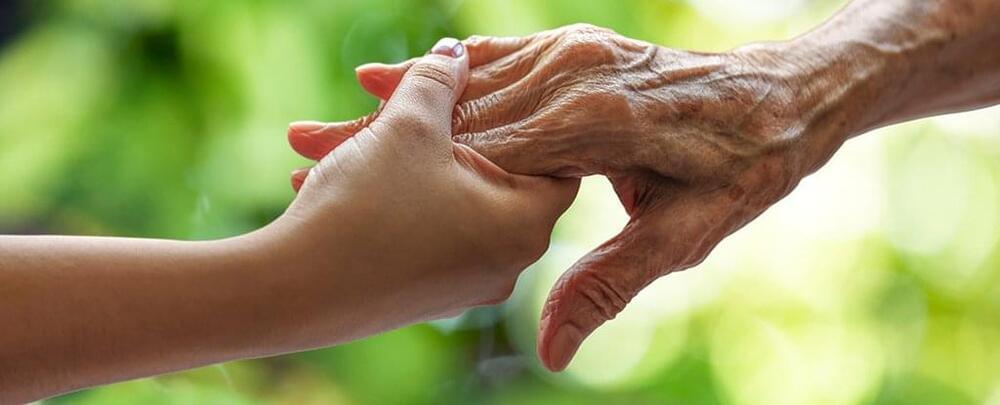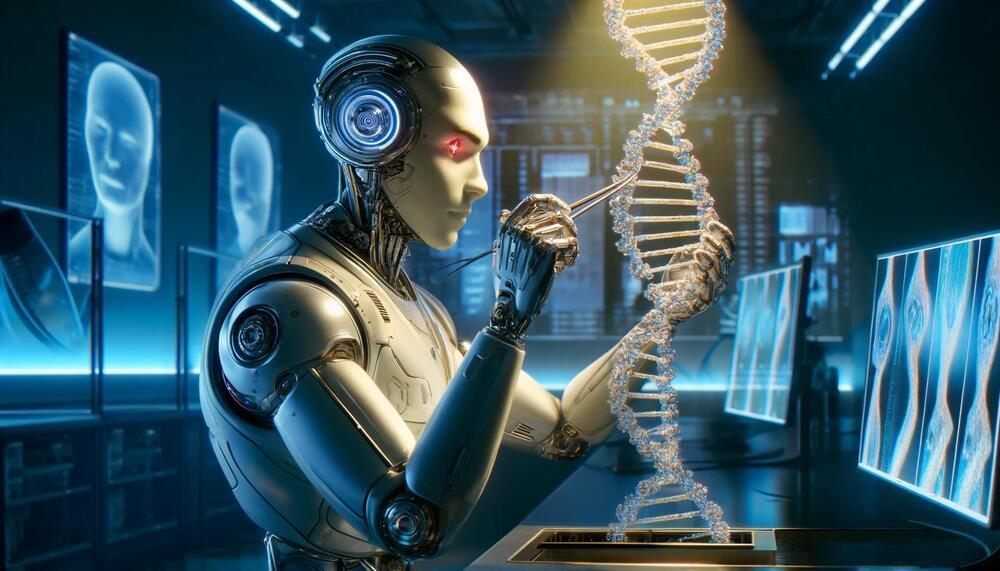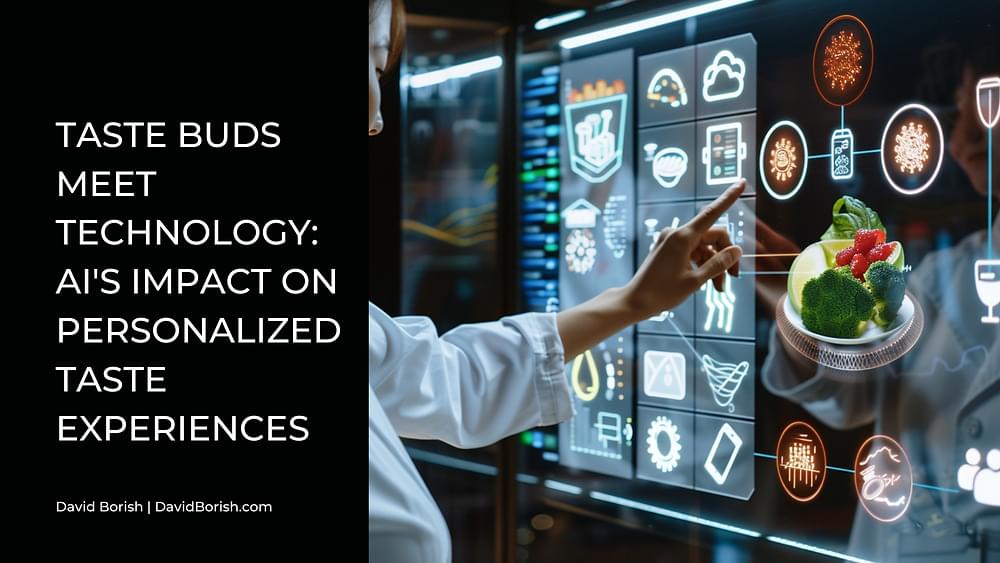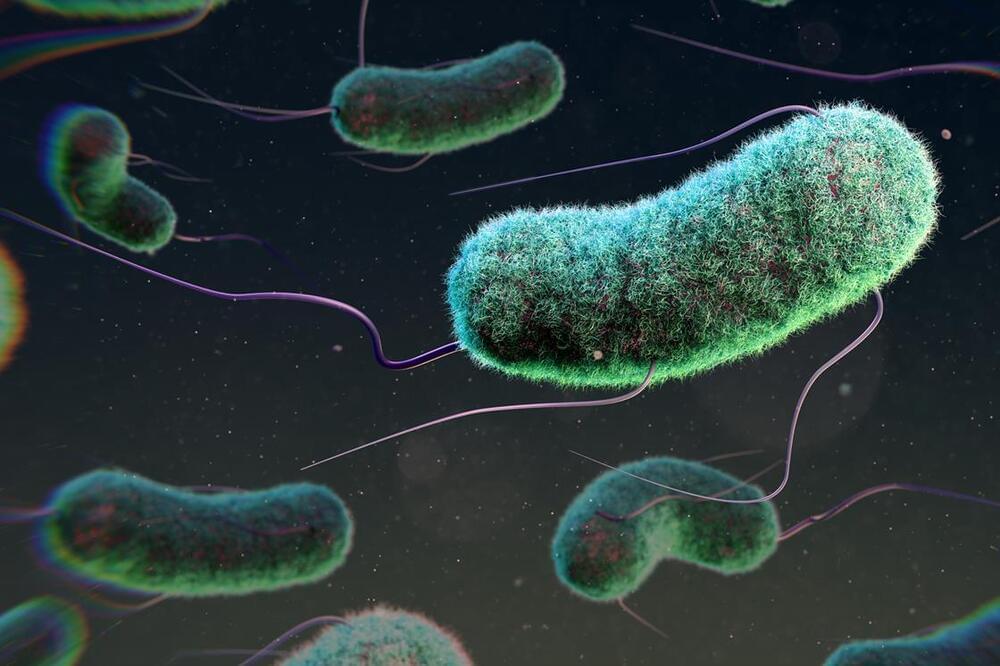Apr 29, 2024
The first reverse microwave in the U.S.: you can have it at home to save energy while cooking
Posted by Genevieve Klien in categories: energy, food
Scientific and technical research in the United States has led to decades of progress in energy efficiency, as we have seen on previous occasions. However, we have just learned of a breakthrough that was only theorized until now, finally, it has been put into operation. This is the first-ever reverse microwave, which cools food instead of heating it. Could you simply imagine that?
A reverse microwave is an innovative appliance that rapidly cools food and drinks without using electricity. Unlike a traditional microwave oven which uses microwave radiation to heat items, a reverse microwave utilizes thermoelectric cooling.
This technology allows the reverse microwave to draw heat away from the contents inside, lowering their temperature in just minutes. The concept behind reverse microwaves has existed for decades, but the technology is only now becoming available for home use in the United States.

















